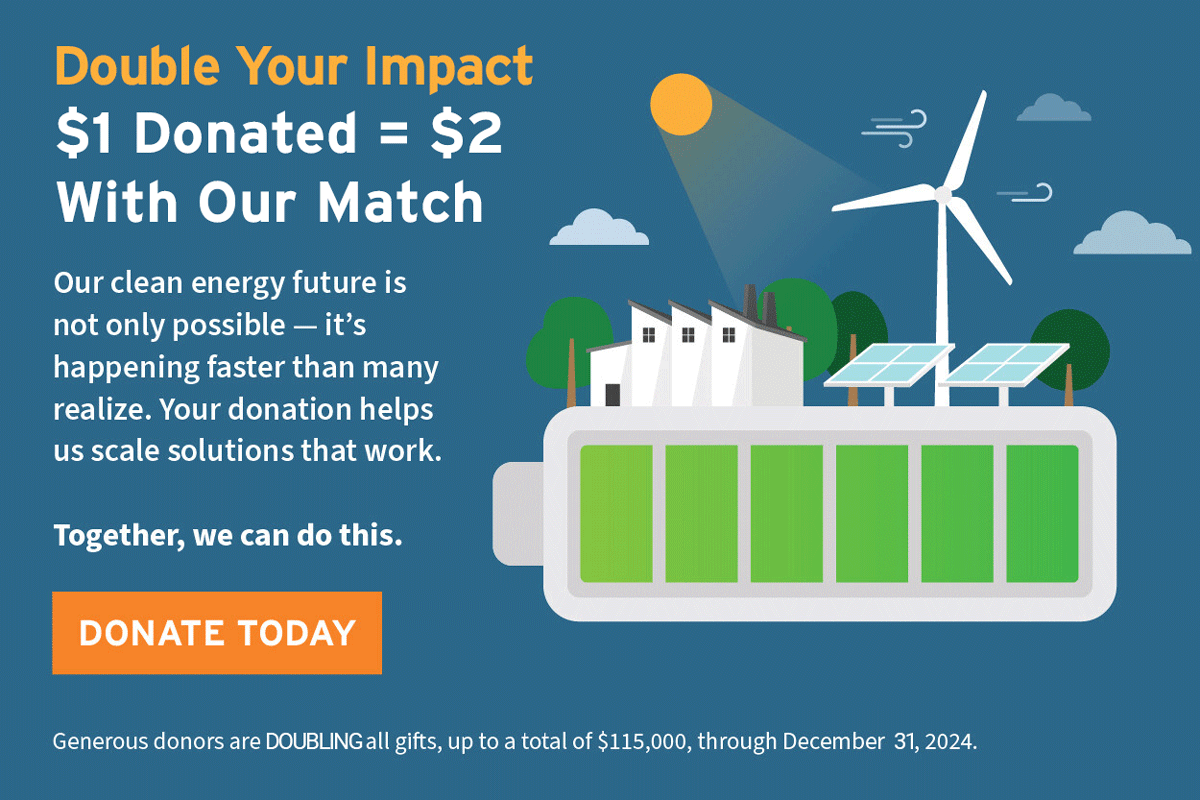
As far back as the 1973 Arab oil embargo, natural gas has been considered as a transportation fuel—and understandably so since it burns cleaner than oil. A recent boom in domestic production offers tantalizingly low prices and the potential to ease U.S. dependence on foreign oil.
However, like any alternative fuel, natural gas does not offer a “one-fuel-fits-all” solution. The value proposition of natural gas vehicles varies widely by application. Fleets with high utilization and poor gas mileage, for example, glean near-term value from the switch to natural gas. But the picture for non-fleet passenger vehicles—the source for the majority of U.S. transportation energy use—is considerably more complex.
These complexities become particularly apparent when you compare natural gas to another alternative fuel option garnering even more attention, investment, and criticism: electricity. With limited money to invest, how do the two really stack up?
Upfront Price and Payback
Natural gas vehicles (NGVs) and electric vehicles (EVs) are more expensive than standard vehicles. Although Chrysler plans to release a natural gas passenger vehicle, the only currently available passenger NGV is a Honda Civic that runs on compressed natural gas. With a price premium of roughly $10,000 compared to a standard Civic, the payback period is over 10 years.
Compare that to the Nissan Leaf’s payback period of 9.5 years after a $7500 federal tax credit. Granted, if the same tax credit were extended to NGVs, their payback period would shorten to about six years, but it probably matters little as the average buyer does not consider fuel savings beyond a three-year payback to begin with.
Greenhouse Gas Reduction Potential
NGVs emit about 18 percent less carbon dioxide than their gasoline counterparts on a pump-to-wheels basis. But work by Cornell professor Robert Howarth suggests much of this advantage may be eroded by leakage during extraction and pipeline transport of compressed natural gas (well-to-pump), particularly for shale gas.
Because methane is 20 times more potent than CO2 as a greenhouse gas over a 100-year period, even small amounts of leakage can quickly offset the advantages of cleaner combustion. The controversy about the well-to-pump greenhouse gas intensity of methane continues, but consider this: combustion-fueled vehicles (whether natural gas or gasoline) only convert about 20 percent of fuel energy to power the wheels. In contrast, EVs convert over 60 percent of the electrical energy from the grid to power the wheels.
That grid electricity can be produced from natural gas power plants, resulting in 50 percent better well-to-wheels efficiency (and 42 percent fewer greenhouse gases) than burning the natural gas directly in the vehicle. In the long run, RMI research shows that all EVs could operate completely emissions-free by 2050 consuming only renewable electricity.
Range and Fueling Infrastructure
“Range anxiety” is a commonly cited barrier for EV adoption. Most NGVs currently have better range than EVs, but still face a range challenge as natural gas occupies considerably more space than gasoline. The CNG Honda Civic, for this reason, has about half the trunk space of a standard Civic and range is limited to about 220 miles.
The biggest reason for range anxiety, however, stems from a scarcity of refueling opportunities. Both NGVs and EVs require additional infrastructure investment for speedy refueling/recharging. While EVs can be charged at home from existing outlets—albeit slowly—NGVs require a fueling station capable of pressurizing the gas. More importantly, electricity is everywhere, whereas only 56 percent of U.S. homes have gas lines to begin with.
Long-Term Implications
A long-term perspective reveals additional economic considerations. Lithium ion batteries, the key driver of EV powertrain cost, appear to be descending a steep learning curve that could lead to ~$3-4000 EV price reductions within as few as 3 years. In contrast, NGV powertrains are built from relatively well-established combustion technology that is unlikely to come down the cost curve as quickly.
From a fuel perspective, if infrastructure is built to serve more NGVs, natural gas prices will of course rise with increased demand. The electricity sector here lends a useful analog: natural gas prices have risen 70 percent in the last three months due in part to increased demand from power plants switching to natural gas from coal. In fact, natural gas has consistently exhibited wild volatility for over two decades.
While electricity prices have steadily risen historically, they have exhibited much lower volatility than natural gas prices due in large part to the plethora of sources from which electricity can be generated. In that sense, EVs are fuel agnostic. Investing in EV infrastructure will allow our transportation system to get the most from cheap, domestic natural gas while it remains cheap (via efficient natural-gas-generated electricity) while hedging against future volatility and paving the way for a completely fossil-fuel-free system. If that system includes two-way charging, all those EVs could provide storage capacity to the grid, thus helping enable cost-effective and reliable renewable electricity.
This is the first of a two-part series on Natural Gas In Transportation. Part II will examine the natural gas value proposition for fleet vehicles, including taxi cabs, heavy and medium trucks, and busses.
